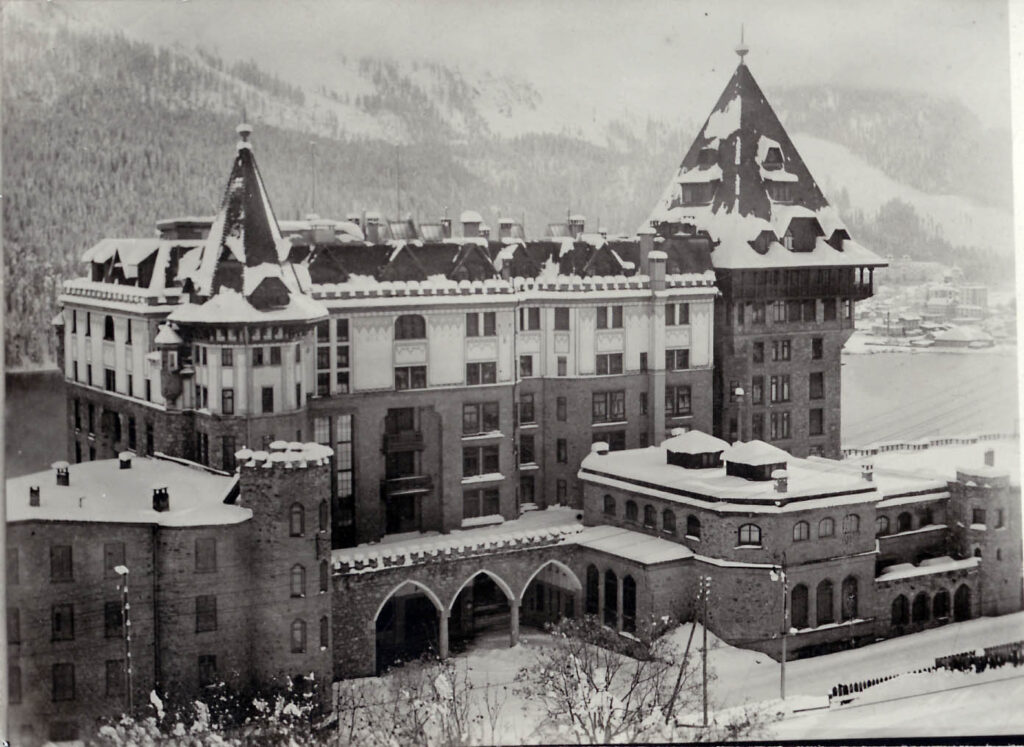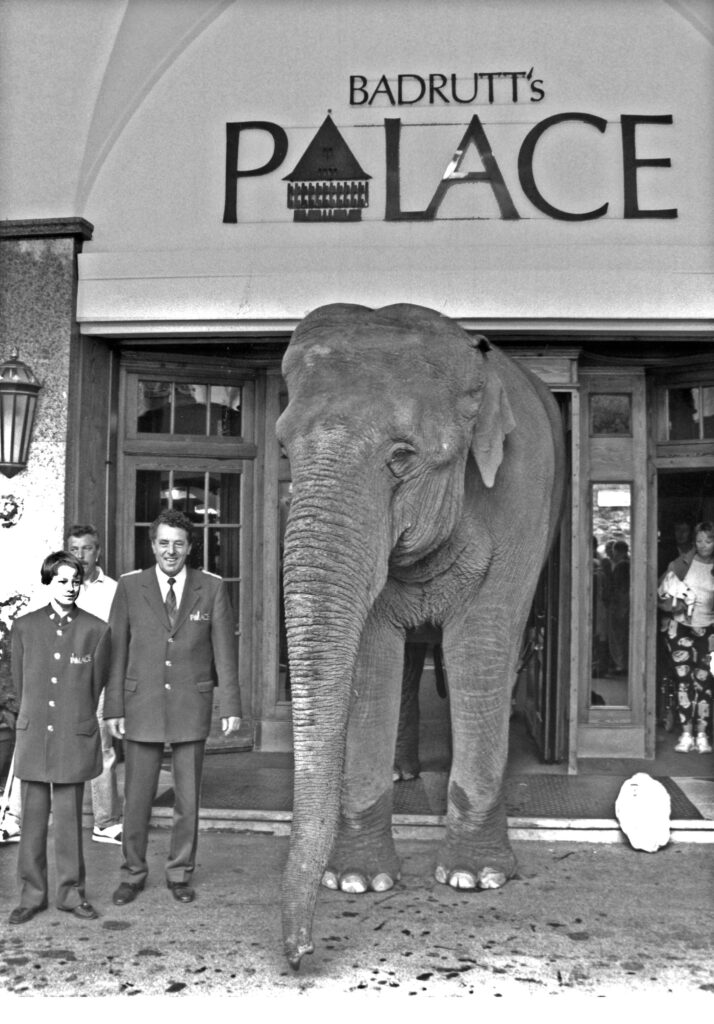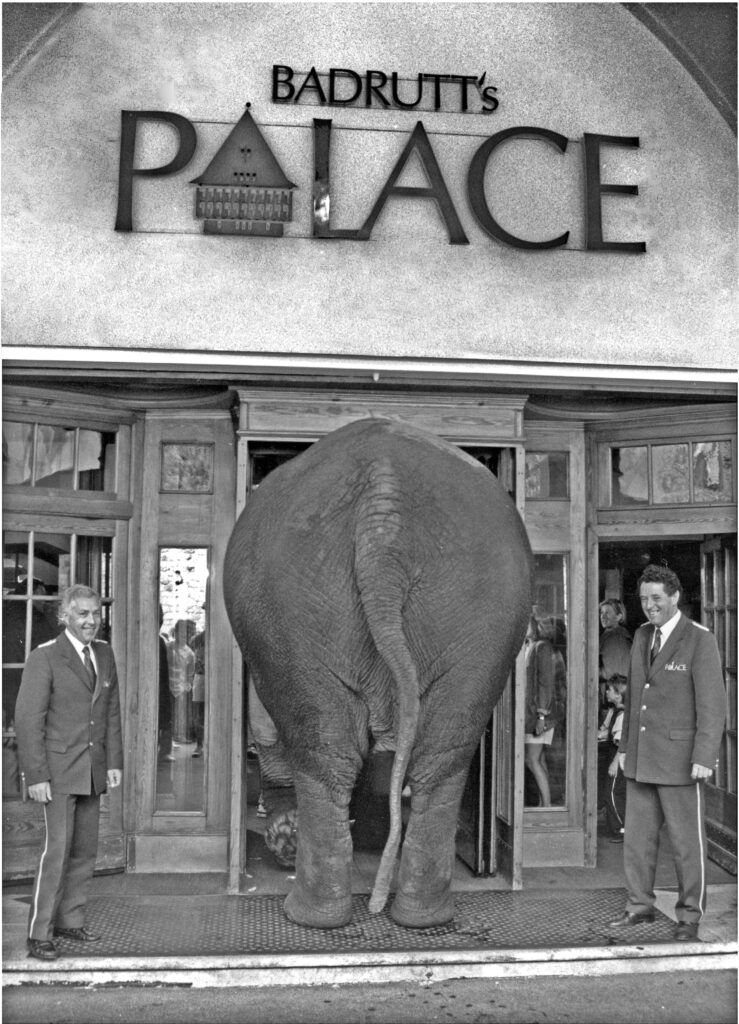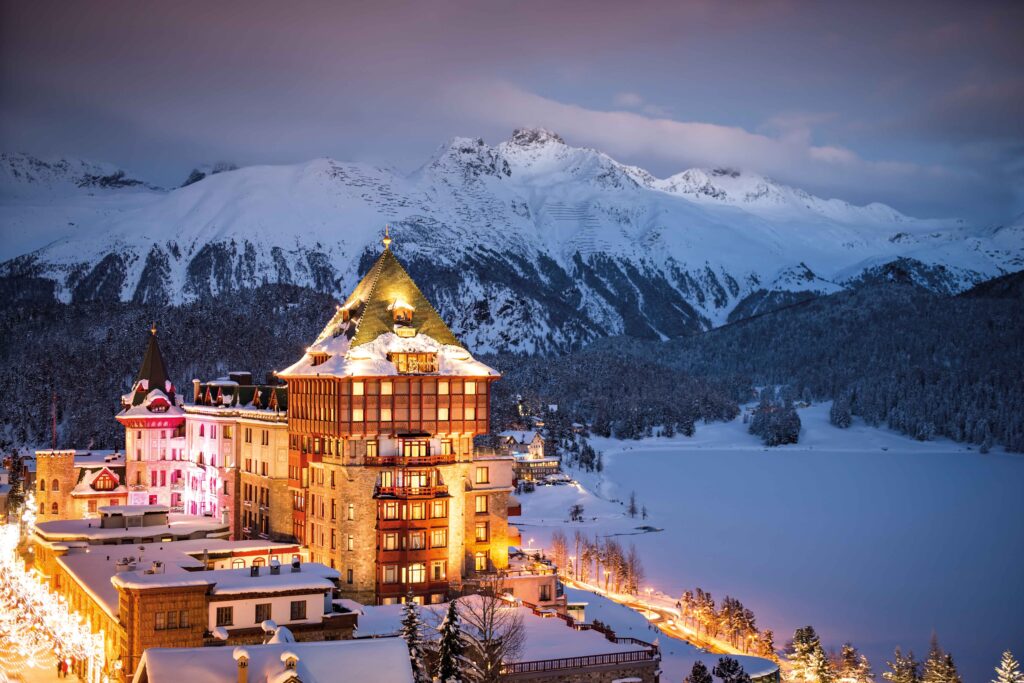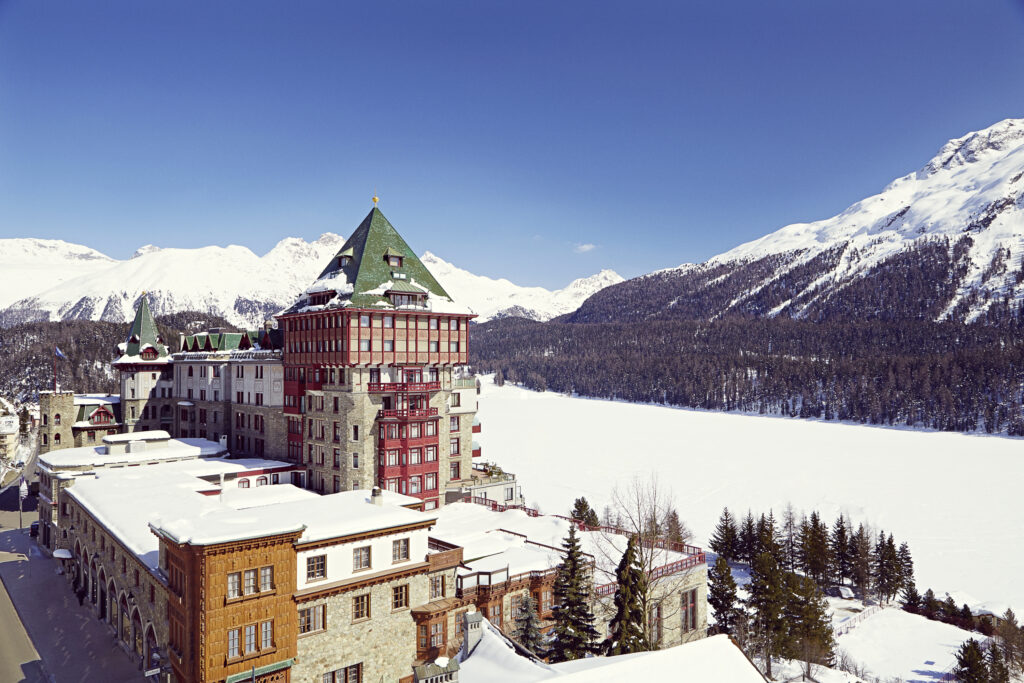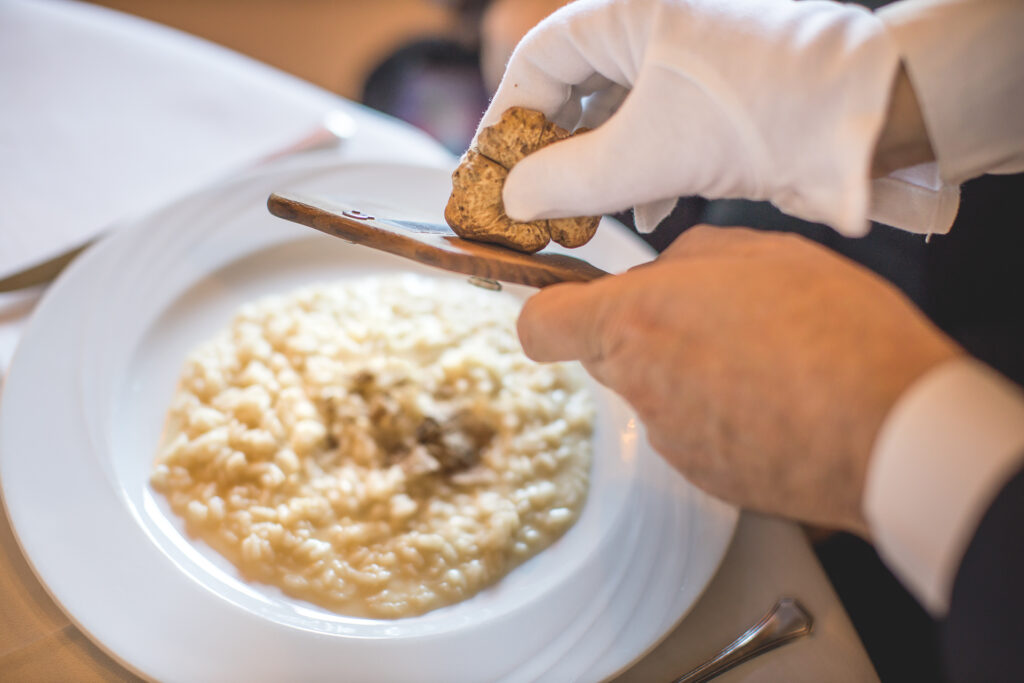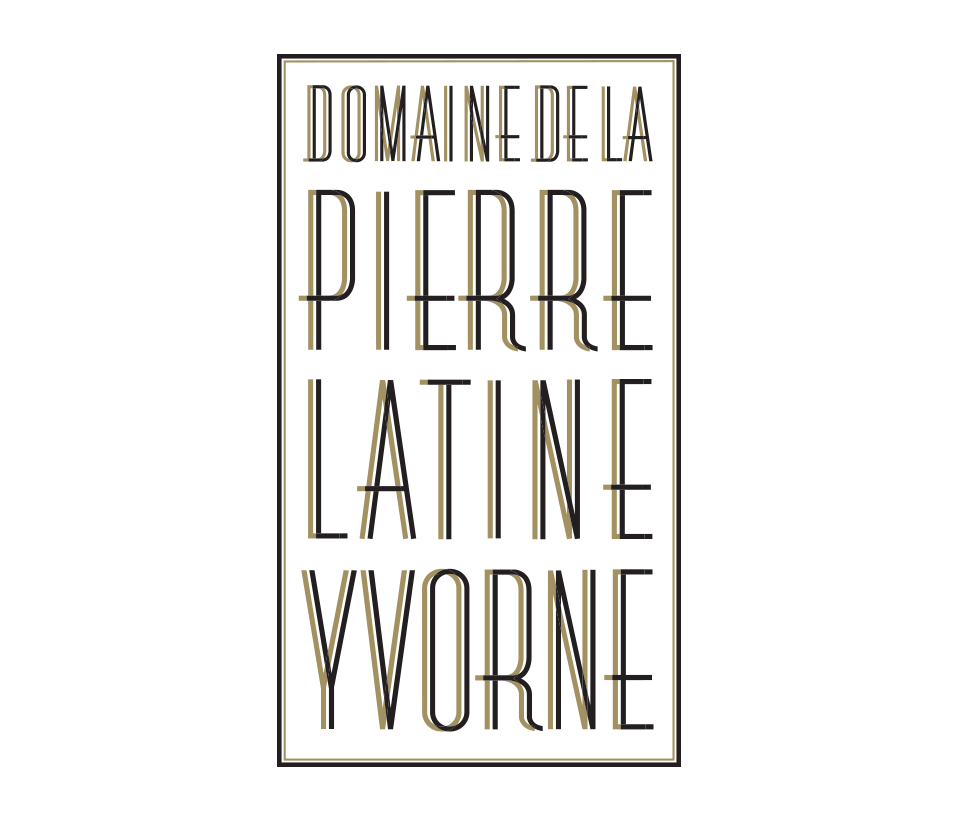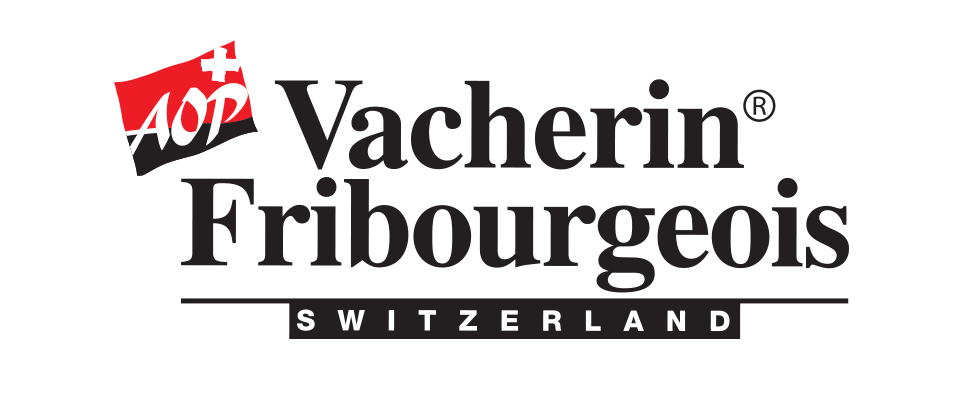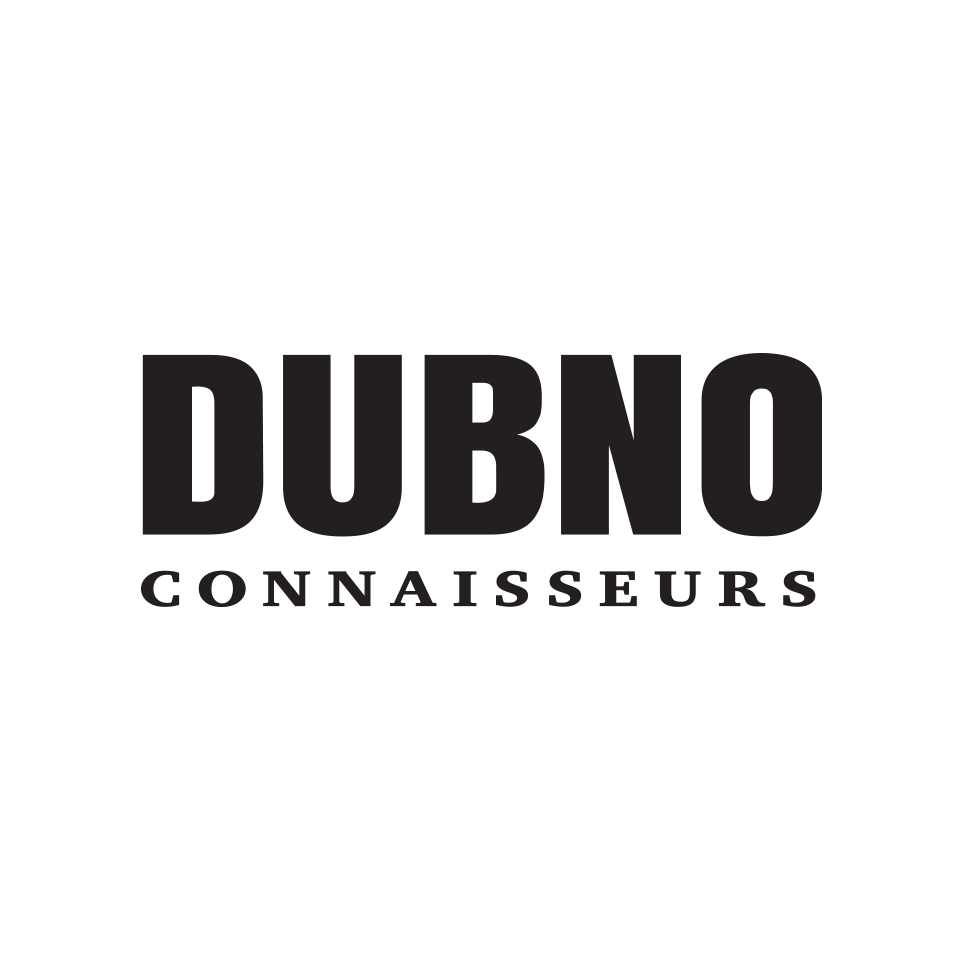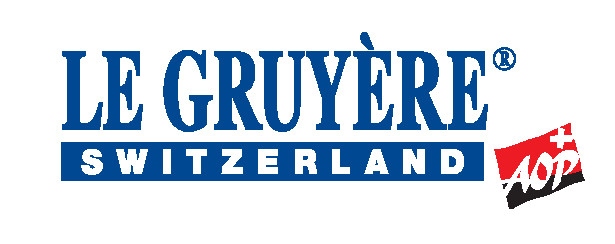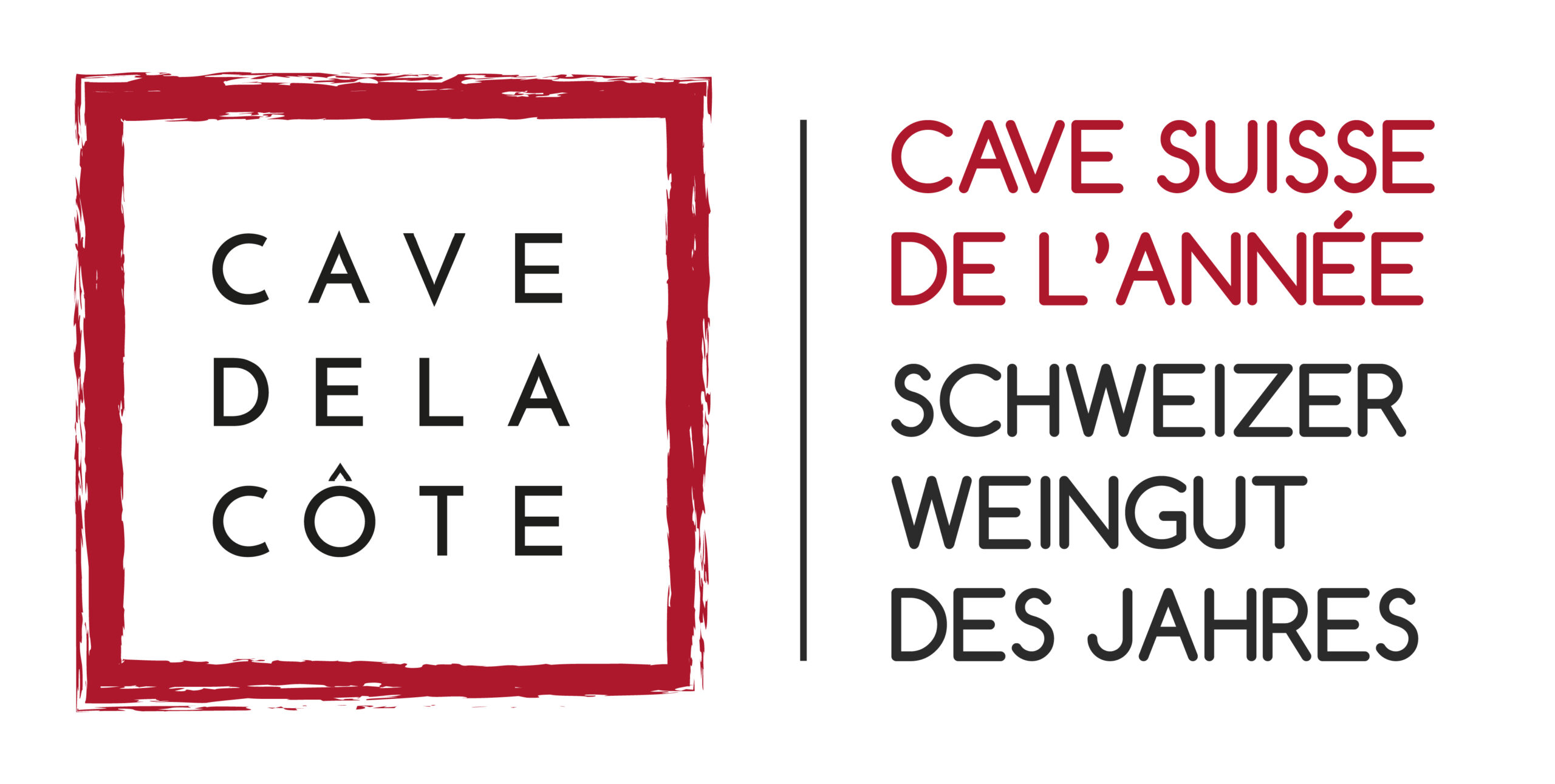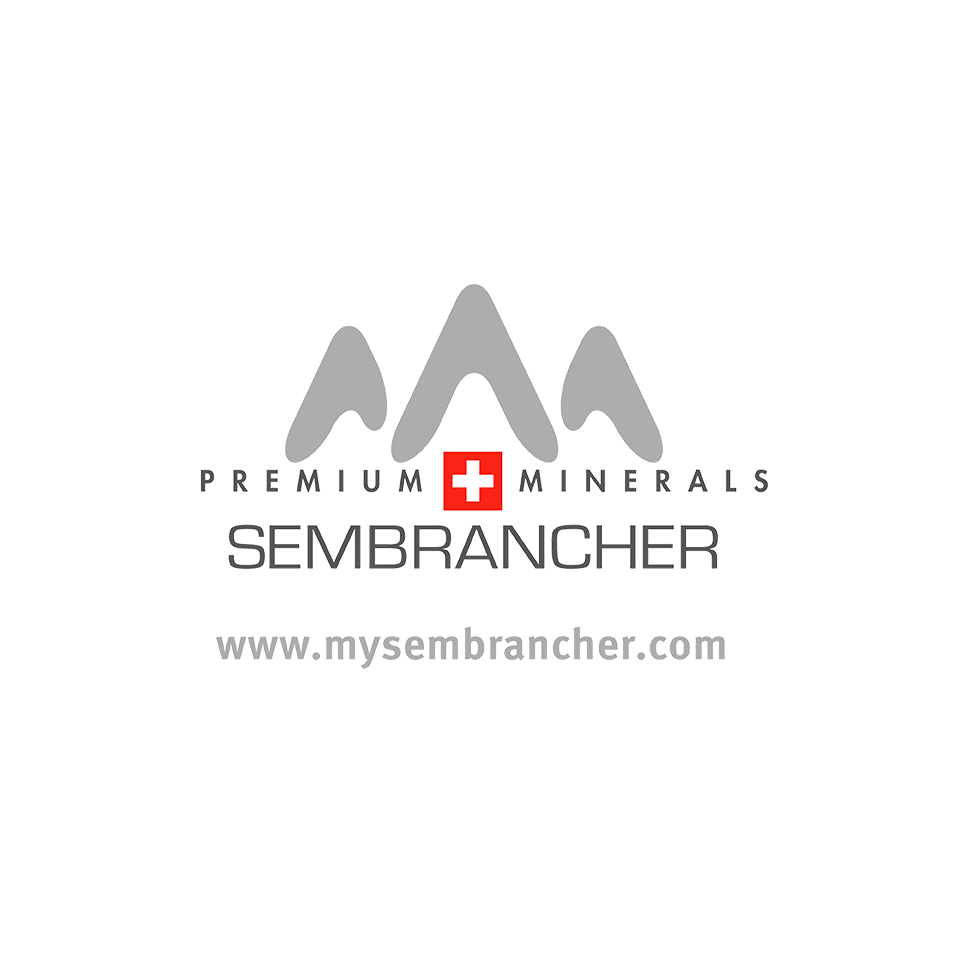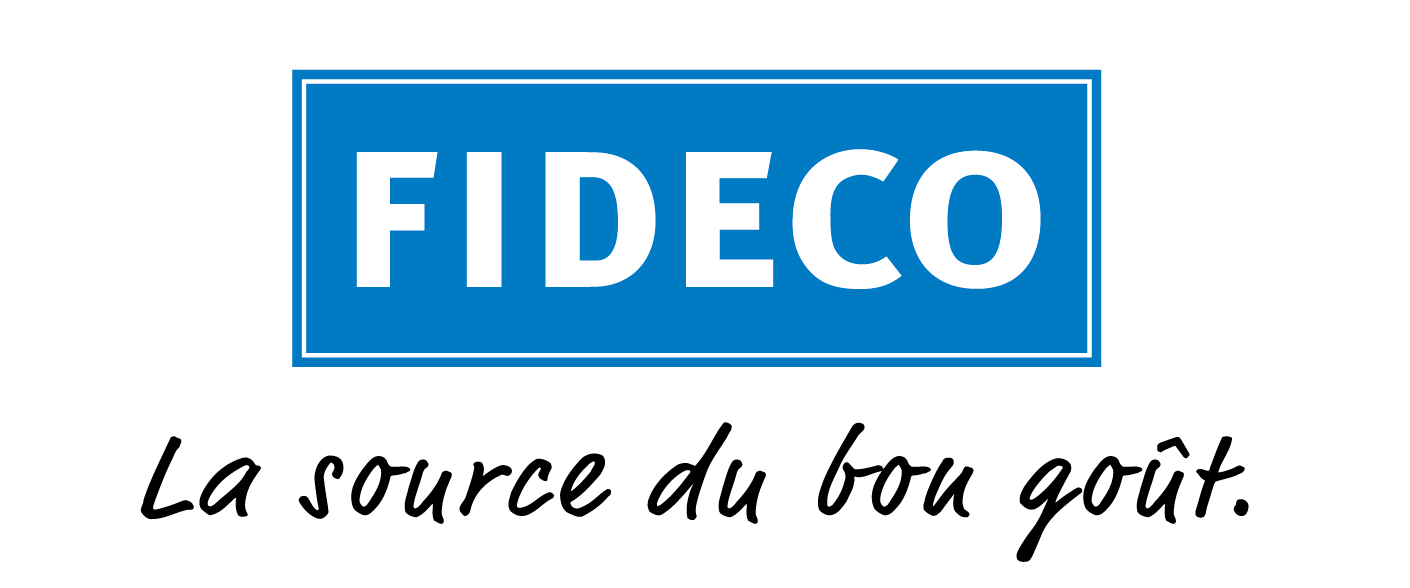There are places where inspiration strikes as soon as you walk through the door. This is the sensation that accompanies each and every visitor who comes to the Grand Hotel Villa Castagnola in Lugano. Beyond the prestigious nature of the establishment, it also hosts an innumerable amount of artworks. From the gardens, to the different rooms throughout the building, by way of the Gallery Arté Al Lago Restaurant, run by Head Chef Frank Oerthle, art is the common thread that guides visitors through their visit… We met with General Manager of the Grand Hotel Villa Castagnola to learn more about this captivating universe.

Grandes Tables Suisses: Art has always been a part of the history of the establishment; can you tell us when and how this passion/willingness to showcase works of art began?
Ivan Zorloni, General Manager: The family who owns this establishment has always been passionate about art and has been collecting art worldwide even before the acquisition of the Hotel. When the family bought it in 1982, they took advantage of their art collection to decorate the entire Villa. Moreover, in 2002, The Hotel du Midi was bought by the same family, who transformed it into the beautiful Art Residence. With great foresight, they created a restaurant inside an art gallery on the ground floor of the building. In the last 10 years the art gallery has displayed many internationally famous exhibits.
GTS: How many works of art are displayed at the hotel in total?
IZ: The exact number is unknown, as the art is displayed all over the hotel without any sign and description so that the guests can enjoy them with free minds. There is a wide range in the genres of art displayed, from very antique masterpieces to modern pieces of art.

GTS: What do you think art brings to a hotel of your standing?
IZ: The Villa is, as the name foretells, not a ‘Hotel’ but a Villa. It has been very important for the owning family to keep that spirit alive. Therefore, art is a fundamental complement to the concept of the Villa.
GTS: There is a permanent collection as well as a traveling one in the hotel and restaurant. How do you select the works you present and how often do you propose new temporary exhibitions?
IZ: In the Hotel, the art is primarily permanent, although now and then there is a new entry. At the Restaurant, the permanent art is part of the interior design: for example, the hand-relief of Frank Hyder at the entrance has become a characteristic of the Arté.
The philosophy at the Art Gallery is providing visitors with a place to encounter three-dimensional art. The sculptors themselves can also design the few wall surfaces. That exhibition changes every 6 months.

GTS: Swiss artists also seem to take a prominent place in your exhibitions. Can you tell us about your latest finds?
IZ: We pursue our philosophy of three-dimensional art, and we seek artists that can satisfy our needs. Being in Switzerland, we do encourage Swiss art. But for the most part, our artists are international.
GTS: What is the artwork you are most proud of?
IZ: Art is very subjective, and beauty is in the eye of the observer. For this reason, we are proud of all our pieces of art!
GTS: …And which artist would you like to see decorating your beautiful establishment next?
IZ: It’s hard to tell; there are many artists on our waiting list, and the exhibitions are already taken for the next few years. However, we are always looking for new and interesting artists.
GTS: Which artist or work of art found in your establishment represents winter the most?
IZ: The painting of our non-profit association in Brazil Casa Dos Curumins, as during the wintertime we received their new painting, and we are currently engaged in fundraising for them.
GTS: Finally, if you had to describe in one sentence what art brings you, what would it be?
IZ: Pure joy!

Amphora Makus Daum 
Fabrizio Loschi 
Arté Soldini figura femminile
Discover all the special offers from Grand Hotel Villa Castagnola at: https://www.villacastagnola.com/en/top/offers
Click on this link to find the perfect gift: https://shop.e-guma.ch/villa-castagnola/en/gift-vouchers




